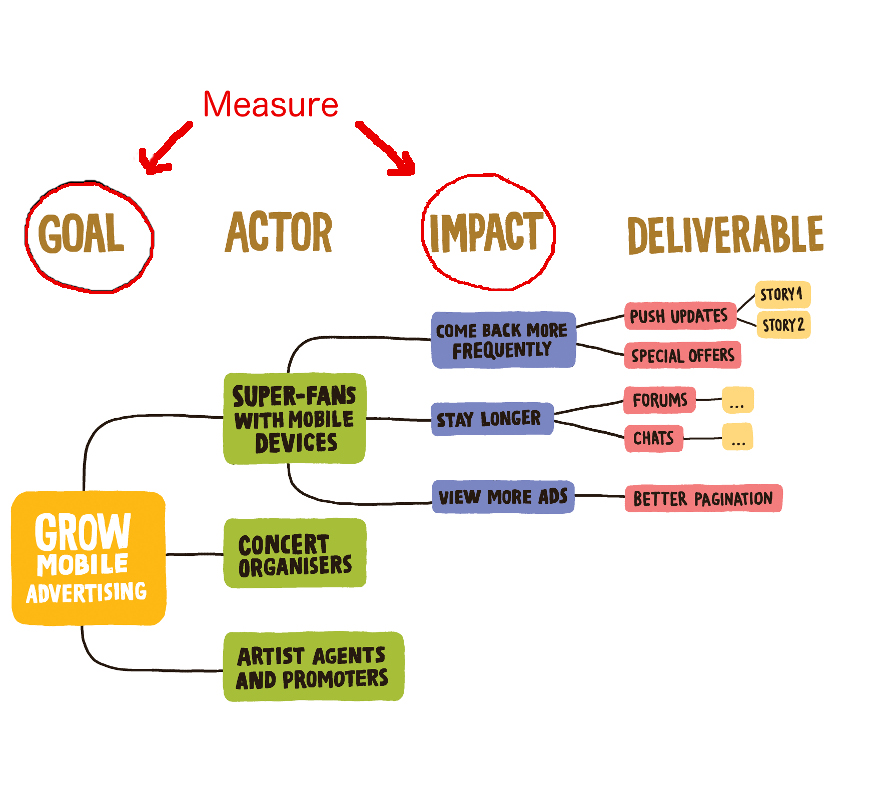As a product owner, your job is to make assumptions, or hypotheses. (Hypothesis-driven product discovery, anyone?) You assume that your priorities will be the best outcome, the shortest time to market or something else. But how good are your assumption when it comes to reality? Did that sale increase occur and was it thanks to your great mind or just pure luck? Do people around you understand and help you with your assumptions? Impact mapping is a lightweight tool that helps you with quantifying and communicating your assumptions.
Continuous Discovery and Validation
Continuous discovery means an open backlog where everything is considered speculation and hypothesis. Continuous validation means that the user experience is validated for each release, rather than up front. This may sound like big budget to you, but let me give you a case study, about how a single team accomplished it on a tight budget.
A small team with a small budget has the advantage of not losing its head with big ideas from experts in different fields, be it architecture or user experience. The budget constraint sharpens your effort in a way that could be healthy even to a larger team.
How to build the Right Thing
The software industry is going through a shift of mindset.
Agile basically solved the problem of how to deliver software. Most any company that applies an agile method and mindset can get working software out the door. Now, the biggest waste in software development seems to be building the wrong product, or the wrong features.
“There is surely nothing quite so useless as doing with great efficiency that which should not be done at all” -Peter Drucker
This insight has given rise to methods and techniques such as Lean Startup, Impact Mapping, Story Mapping, Feature Injection, etc. But is there a common denominator, a set of underlying principles?
On Feb 11, Gojko Adzic organized a full-day meetup in London with people deeply engaged in this issue, people like Jeff Patton, Mary Poppendieck, Ingrid Domingues, Chris Matts and others who have been inventing and spreading techniques for dealing with the how-to-build-the-right-stuff issue.
It was a very inspiring day! We compared our different approaches and experiences, extracted the core principles, and (to our surprise) managed to condense it into this shared message:
Great results happen when:
1. People know why they are doing their work.
2. Organizations focus on outcomes and impacts rather than features.
3. Teams decide what to do next based on immediate and direct feedback from the use of their work.
4. Everyone cares.
There. So now just go do it! 🙂
Actually, if you want a more detailed description of each point see Gojko’s post.
Posts from the other participants:
- Gojko Adzic – The February Revolution
- Karl Scotland – Heuristics for building the Right Thing

